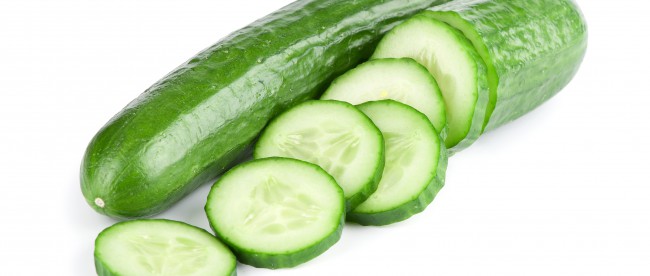Cucumbers Are Thriving on Sumatran Peat Lands

Indonesian entrepreneur Sukanto Tanoto, who established and directs the work of the RGE Group of companies, believes in practicing good environmental stewardship of the lands on which his companies rely for their operations. That is why his Riau Andalan Pulp & Paper, or RAPP, part of the Asia Pacific Resources International Limited (APRIL) subsidiary, has worked with local communities in Sumatra’s Riau Province to offer education in agricultural best practices for farming peat lands. The Tanoto Foundation, Mr. Tanoto’s philanthropic organization, is a partner with RAPP in providing funding for the program.
Through the RAPP initiative, farmers who live in Sei Lipai, in the Kampar Regency of Riau, have learned the specific techniques to overcome the challenges associated with cultivating peat lands. Two local farmers who participated in a recent RAPP training session have been able to grow large, healthy cucumbers after properly preparing their peat-rich land.
The RAPP program taught the farmers how to calcify the land over a two-week process, then how to best fertilize and mulch it. After about one and a half months, the land was ready for the farmers to plant their seeds. Today, these farmers have achieved a total yield of about 15 tons of cucumbers on less than one hectare of land that has now been harvested more than 10 times. This success has caused the farmers to think about growing other crops, such as chilis.
Peat lands can be among the most difficult to cultivate successfully, and Indonesia is home to about 20 million hectares of peat-rich soil. Peat forms when wet tropical forests become so water-logged that wood and other detritus cannot completely decompose. Heavy layers of acidic peat build up and create completely different farming challenges than those posed by mineral soils. Peat has specific colloidal and thermal properties, as well as a low bulk density and a high porosity. In addition, much of the vital elements of nitrogen and phosphorus in peat are not readily available for uptake by plants. Yet peat lands can, when adequately treated, become highly fertile and useful in commercial and subsistence farming.





Leave a comment